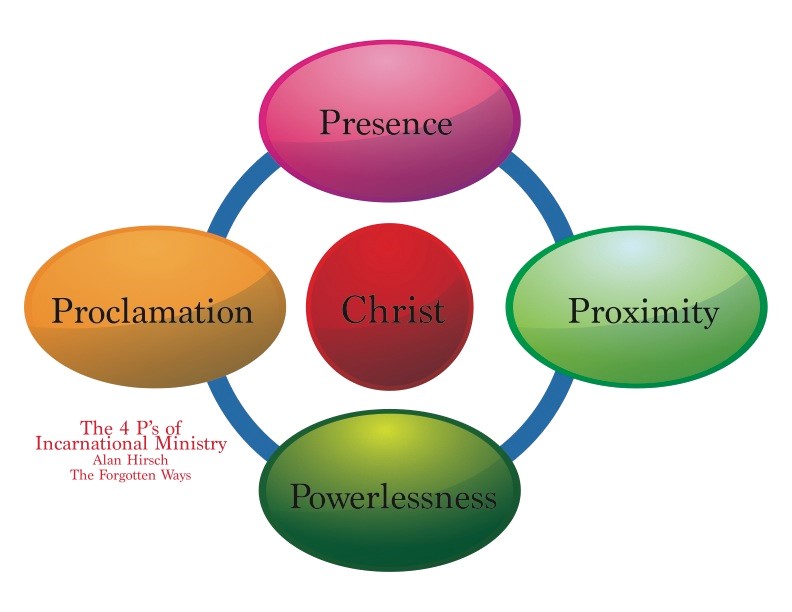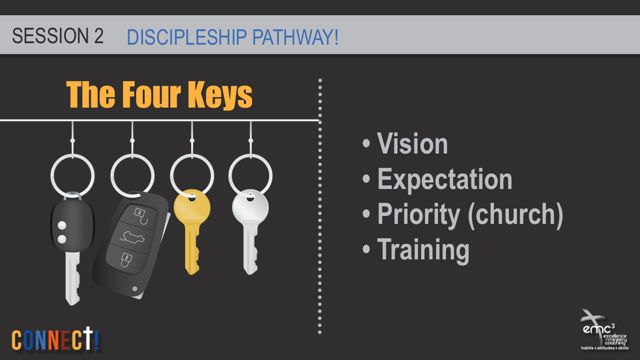November 2, 2015
By Phil Maynard
I am very excited to share that on November 20th, we are officially launching a new book, called Membership to Discipleship. This book is the product of many years of work with the leaders of individual congregations across the United States—it is, in a very real sense, the culmination of my journey of exploring how churches can be healthy and proactive in living out God’s love in the world.
I have facilitated literally hundreds of work sessions in which struggling churches have explored how they can shift from being congregations in decline to becoming vibrant bodies of believers who are renewed in their passion to answer Christ’s call. These experiences inspired the creation of my first book, Shift, which defined the ways in which congregations needed to shift their thinking and practices if they wanted to embrace renewal in a new century (shifting from fellowship to hospitality; from worship as an event to worship as lifestyle; from membership to discipleship; from “serve us” to service; and from survival mentality to generosity). Of the five shifts, the one that turned out to be the easiest for leaders to understand and embrace was most frequently the third, the shift from membership to discipleship.
The premise is simple: To be a healthy congregation, we have to move the people in the seats on Sunday mornings from being affiliated ‘members’ to being fully committed and engaged disciples.
This premise immediately resonates with on-the-ground leaders. They always know exactly what I’m talking about. They begin telling their own tales of the oft-cited 20 percent who do 80 percent of the work. They have plenty of anecdotes about men and women who are part of their church, but the part that is in name only—the people who occupy a spot on the roster, but rarely, if ever, get off the bench.
In the course of one of my workshops, these leaders might argue with me for hours about the need to change the way they do worship, or whether the service projects they undertake are sufficient to fully engage their communities, but they don’t have any problem at all getting behind the goal of shifting their congregation members from ministry consumers to ministry partners. Here’s the thing, though. Someone always raises his or her hand at the end of this part of the Shift discussion and says, “Yeah, you are totally right. We need to make this shift from membership to discipleship. But . . . how? How, exactly, do we do that, Mr. Facilitator? How?” (Shades of Cindy Lou Who’s plea to the Grinch here–Why, Mr. Santy Claus? Why?) It’s plaintive, heartfelt, and turns out to be an EXCELLENT question.
So that turned out to be the jumping off point for this new book, Membership to Discipleship. Based on extensive work I’ve been doing on this subject for a couple of decades now, it is a “how-to” guide for the leaders of congregations who want a practical approach to shepherding their flocks through the process of moving from casual attachment to full-on commitment to Christ’s call to follow where he leads.
As George Barna describes in his book, Growing True Disciples, there are clear differences that mark the lives of serious Christ followers:
- They are oriented differently toward the future—choosing priorities that reflect an eternal outlook rather than an all-or-nothing here-and-now outlook.
- Their perspective on the world is different—they see the world as God’s creation and all who inhabit it as God’s children, worthy of the investment of their love and time.
- Their attitudes and lifestyles are different—their choices routinely reflect Christ’s values, goals, perspectives, activities, and relationships.
Of course, churches understand this conceptually, but as leaders we drift into the comfort of routines and euphemisms that make it easier to define down what it means to live out Christ’s values. We measure what is easiest to measure—primarily attendance—which turns out to be a poor corollary to actual discipleship. So, in measuring the wrong things, we end up focusing on the wrong things. We become focused on keeping our members satisfied, rather than pushing them out of their comfort zones so they might grow. We encourage them to be involved in on-campus activities rather than sending them into the community to do needed ministry. We assume the primary responsibility for every step of their growth, rather than equipping them to take initiative for their own spiritual progress.
And while church members can certainly be disciples, and disciples can definitely be church members, it is good to be reminded that being a member of a church does not automatically make one a growing, maturing disciple of Jesus Christ.
That’s why I wrote Membership to Discipleship. For leaders, this new book answers questions like “What does true discipleship look like?” and “How can we measure progress on the path of discipleship?” For God’s people on that discipleship pathway within individual congregations, it gives a clear model for how to proceed (and not a one-size-fits-all model, but a flexible model that makes allowances for the strengths and preferences of individual communities). It’s not a “program,” it’s a re-thinking of core principles and a realignment of the best of what we’ve doing for centuries as a church with the reality of how the world works now. For those who have helped me test and refine these ideas, there is a great sense of relief that we have worked together to articulate an approach that was there in our best instincts all along.
If you’d like to learn more about the Membership to Discipleship book, publishing in November 2015, just click HERE. If you have questions or observations, use the comments section. I’d love to hear your feedback.



Leave A Comment